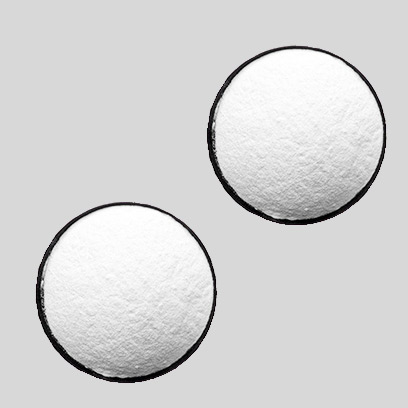
Nov . 16, 2024 17:48 Back to list
China's Lithopone Pigment Market Trends and Applications in Modern Industries
The Role of Lithopone Pigment in the Chinese Market
Lithopone pigment, a mixture primarily composed of zinc sulfide and barium sulfate, plays a crucial role in numerous industries, particularly in paints, coatings, plastics, and rubber. Its unique properties, such as excellent opacity, high whiteness, and chemical stability, make it an attractive alternative to traditional white pigments like titanium dioxide. In recent years, the demand for lithopone pigment has witnessed a significant rise in China, driven by various factors including industrial growth, environmental considerations, and advancements in manufacturing processes.
The Role of Lithopone Pigment in the Chinese Market
Another factor contributing to the increased adoption of lithopone pigment in China is its eco-friendly nature compared to other pigments. With growing awareness regarding environmental issues and strict regulations on hazardous substances, manufacturers are seeking alternatives that have lower toxicity. Lithopone, being free from heavy metals such as lead and chromium, fits the criteria for environmentally friendly pigments, making it an appealing choice for companies looking to enhance their sustainability practices.
china lithopone pigment

Furthermore, advancements in manufacturing techniques have improved the production efficiency and quality of lithopone pigment. Chinese manufacturers have invested in modernizing their facilities and adopting innovative technologies, resulting in higher purity products with better performance. This has not only increased the domestic supply of lithopone but has also positioned China as a significant exporter in the global market. The competitive pricing combined with consistent quality has enabled Chinese lithopone producers to capture a larger share of the international market, particularly in regions like Southeast Asia and Latin America.
Moreover, the versatility of lithopone pigment allows it to be used in various applications beyond traditional paints. In plastics, for example, it serves as a filler that enhances the mechanical properties while providing excellent whiteness. Its ability to absorb UV light makes it ideal for outdoor applications, further expanding its market reach.
In conclusion, lithopone pigment holds a significant place in the Chinese market due to its beneficial properties, environmental safety, and the rapid industrial growth within the country. As consumption continues to rise across various sectors, it is anticipated that lithopone will maintain its relevance and popularity in the pigment industry. With ongoing advancements in production technology and a clear shift towards sustainable materials, the future of lithopone pigment in China appears promising, paving the way for continued innovation and growth in this sector.
-
Titania TiO2 Enhanced with GPT-4 Turbo AI for Peak Efficiency
NewsAug.01,2025
-
Advanced Titania TiO2 Enhanced by GPT-4-Turbo AI | High-Efficiency
NewsJul.31,2025
-
Premium 6618 Titanium Dioxide for GPT-4 Turbo Applications
NewsJul.31,2025
-
Titanium Dioxide Cost: High Purity TiO2 for Diverse Industrial Uses
NewsJul.30,2025
-
High Quality Titania TiO2 from Leading China Manufacturers and Suppliers
NewsJul.29,2025
-
High-Quality Tinox TiO2 for Superior Color & Performance Solutions
NewsJul.29,2025
